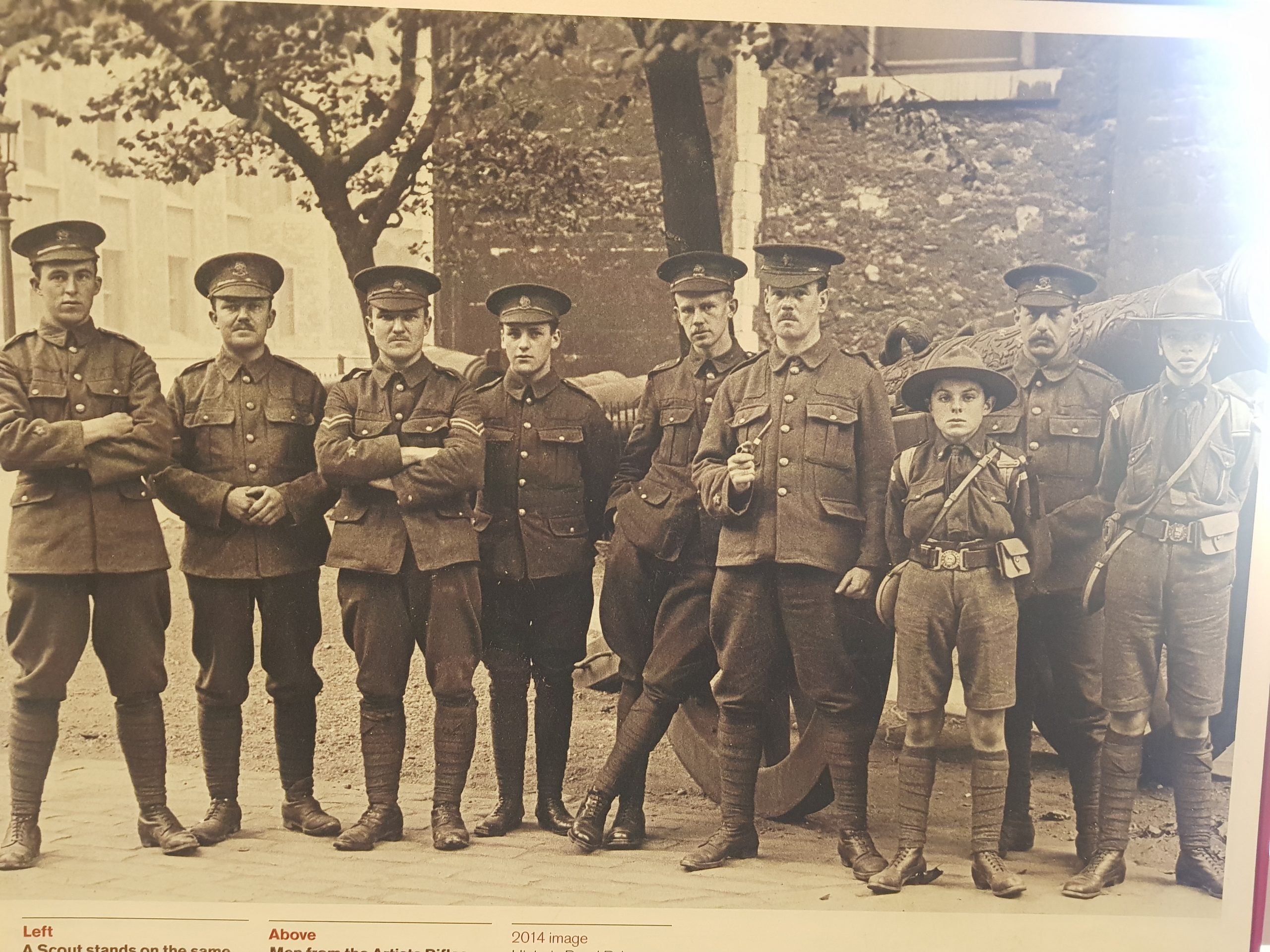London – Tower of London (Traitors’ Gate)
This notorious water gate was added to the Tower of London in the 1270s, at the instruction of King Edward I. It takes its current name from around the 1530s, based on the stories that traitors were brought into the Tower via this gate.
Above is the gate from the River Thames side.
This is the gate from the inside of the Tower of London, looking out to where the water would have lapped up against the wall. I’m unsure how much of this has been rebuilt relatively recently, the stonework doesn’t quite match that from the late nineteenth century, so there must have been some minor reconstruction over the last century. Not to mention that the stonework here is from different periods anyway.
The steps down into an area where various machinery relating to the gate has historically been located, although it has since all been removed.
There was an article in the press in February 1866 which reported that “one of the most famous antiquities in London has just disappeared.The gate, through which condemned prisoners passed from the Thames into the Tower, has for some time past been in the course of demolition, and has in the last few days been entirely removed”. This relates to the element of the gate that still remains walled up, so it is no longer possible to get to the gate from the River Thames.
The story that the gate was used by Anne Boleyn when she was transported to the Tower of London also appears to be false, she was brought in at the Byward Tower. However, it remains nearly certain that this gate was used for political prisoners and it still has a slightly haunting feel to it.





